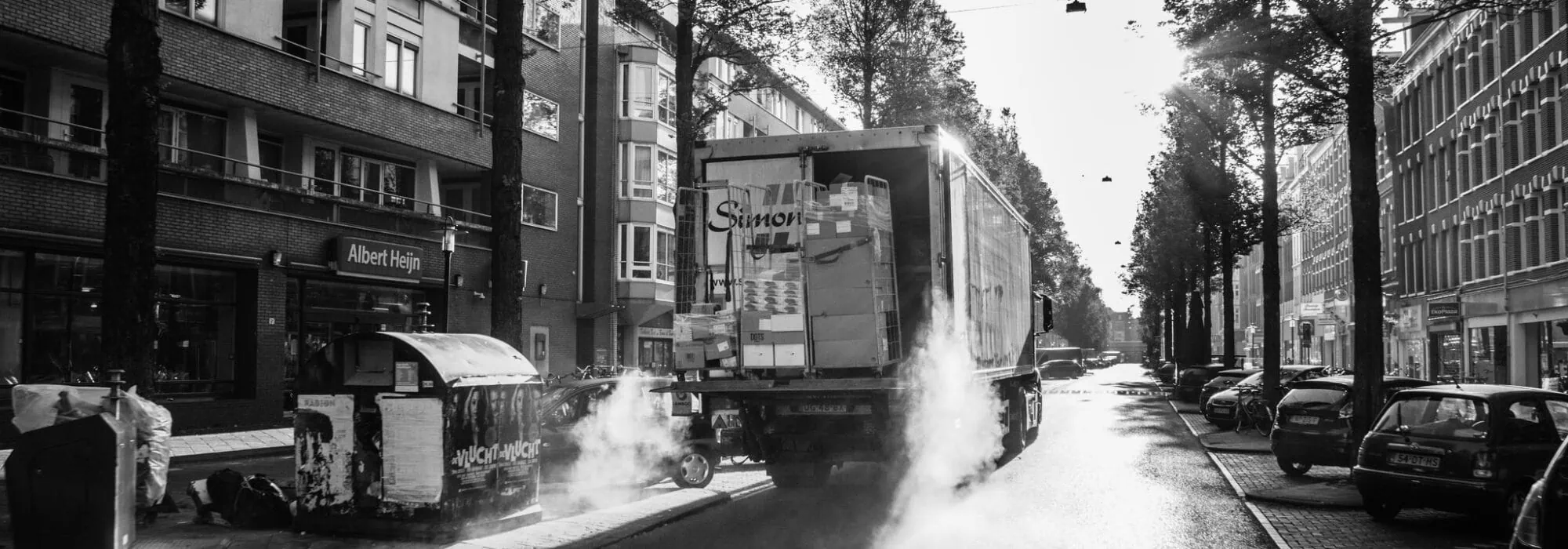
Providing parking permits to residents (and companies) is standard procedure in Dutch parking policy. Issuing parking permits takes different forms: in many areas permits are no longer granted to every resident who wants one. The larger cities in particular impose restrictions on the number of cars per household: in some areas of Amsterdam residents can apply for a maximum of one parking permit per household . This limitation of the number of permits is due to the scarcity of parking places. A basic assumption of economic science is that scarce goods – such as parking permits for residents – can best be priced, so that they are only used by people who do appreciate that particular good.
But, how many (paid) parking permits should be provided to the residents? Assuming that the number of parking spaces on a street is given, there are three possibilities:
- Very few parking permits are issued. That is great for residents who actually get a permit (there is always enough space to park), but residents who do not get a license will not be happy. The occupancy rate of cars is too low.
- Many parking permits are issued. This will lead to daily parking problems, especially in the evening, when residents usually come home from work. Those who come home early won’t bother, but the late comers will lose time looking for parking space, and probably have to park their car further away from home. That is, if there are parking spaces available at all. The occupancy rate of cars is therefore too high.
- As many as possible permits are issued – the optimum amount. This means that as many as possible residents get a permit, and that most residents do not have to walk too far, when they come home from work. Economists call this the optimal occupancy rate.
“Better a few complaints, then leaving too many parking places empty.”
How can we define the optimal occupancy rate? This depends on many factors. The first question that arises is: If we increase the occupancy rate, to which extent do walking distances increase? Together with Duco de Vos (Delft University of Technology), I have tried to answer this question for 4 areas in Amsterdam (Westerpark, Oosterpark, Transvaal and Watergraafsmeer). We found that, for residents in the above areas, the walking distance from parking space to their homes is on average 80 meters – strongly depending on, however, the occupancy rate. With an occupancy rate of less than 85 per cent, the walking distance is negligible.
Walking distances increase with higher occupancy rates. For every parking resident, the walking distance increases with an extra 8 meters. This is a quite an increase, though not extreme. Our findings therefore indicate that the optimal occupancy rate is almost 100 percent: the benefits of an additional parking permit for a resident are quite high. The disadvantages – late-comers’ walking distance from parking space to home has increased a little – appear to be small. Better a few complaints, then leaving too many parking places empty.
This post is based on: ‘Optimale bezettingsgraad’, column by the author in Vexpansion 2017, p. 31, and ‘Parking Occupancy and External Walking Costs in Residential Parking Areas’, forthcoming in Journal of Transport Economics and Policy (2018), written by Duco de Vos and the author.
February, 2018